Can You Use Nasal Pillows With Bipap: A Comprehensive Guide
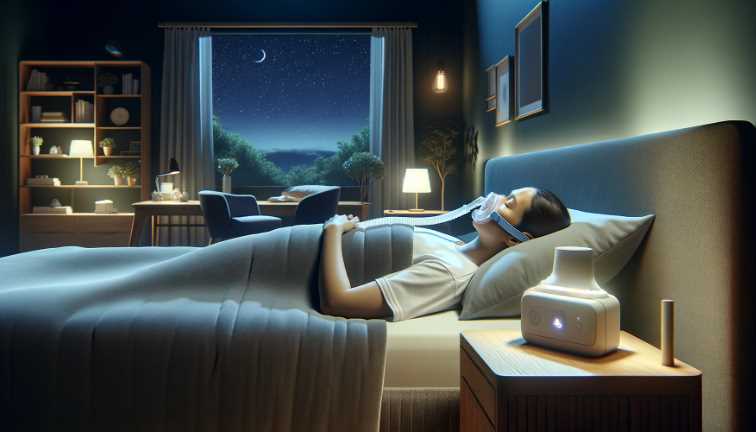
Can you use nasal pillows with bipap? Yes, you can use nasal pillows with BiPAP therapy. BiPAP (Bilevel Positive Airway ...
Read moreCan Too Many Pillows Cause Back Pain? Tips for Better Sleep Support
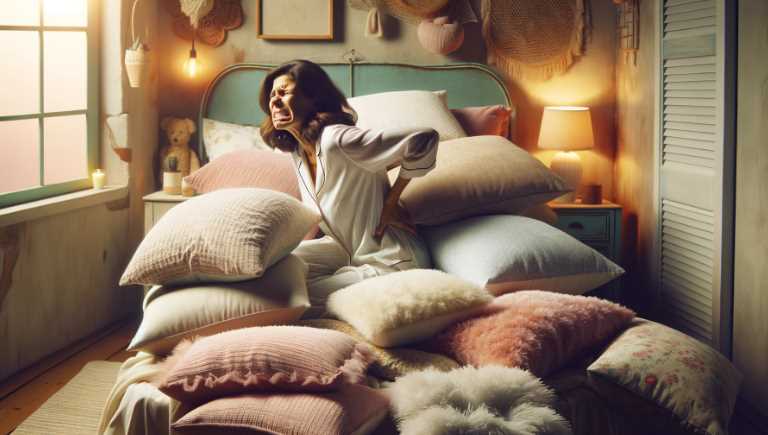
Can too many pillows cause back pain? Yes, having too many pillows can contribute to back pain. While pillows are ...
Read moreCan You Wash Sunbrella Pillows? Essential Cleaning Tips for Durability

Can you wash sunbrella pillows? Yes, you can wash Sunbrella pillows. Can You Wash Sunbrella Pillows? The Ultimate Cleaning Guide ...
Read moreCan You Take Travel Pillow on Plane? Unlock Comfort on Your Flight

Can you take travel pillow on plane? Yes, you can take a travel pillow on a plane. Travel pillows are ...
Read moreCan You Suffocate Someone with a Pillow: The Shocking Truth You Should Know

Can you suffocate someone with a pillow? In a world filled with questions, some delve into the realm of controversy, ...
Read moreCan I Use Nursing Pillow for Tummy Time: Benefits and Safety Tips
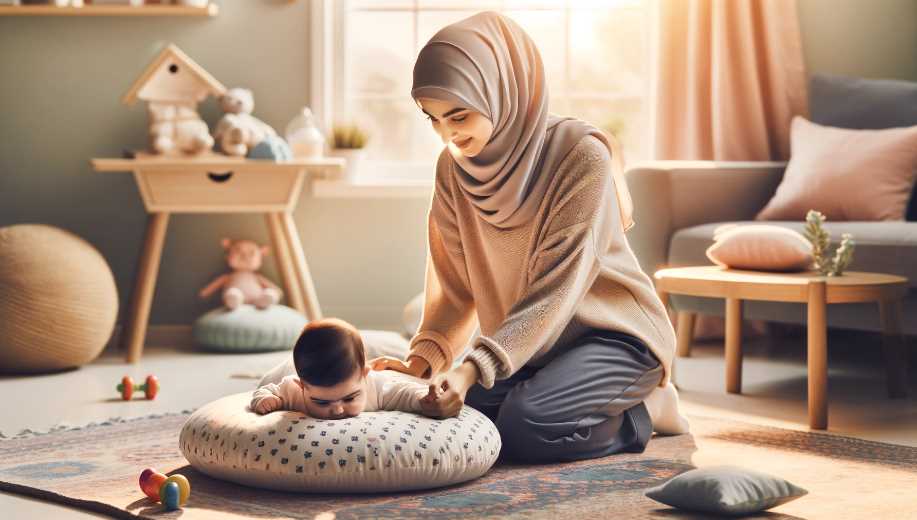
Can i use nursing pillow for tummy time? No, using a nursing pillow for tummy time is not recommended. Tummy ...
Read moreCan You Dry Clean Memory Foam Pillows? Safe Cleaning Tips Explained
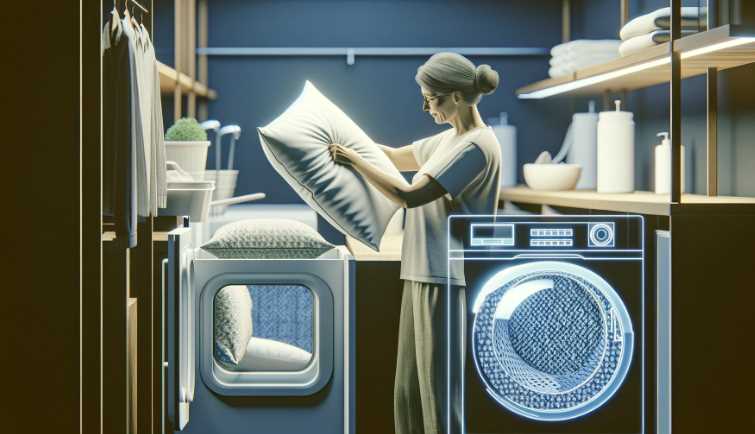
Can you dry clean memory foam pillows? No, it is not recommended to dry clean memory foam pillows. Memory foam ...
Read moreHow to Get Rid Of Neck Pain from Sleeping Wrong: Effective Tips and Remedies
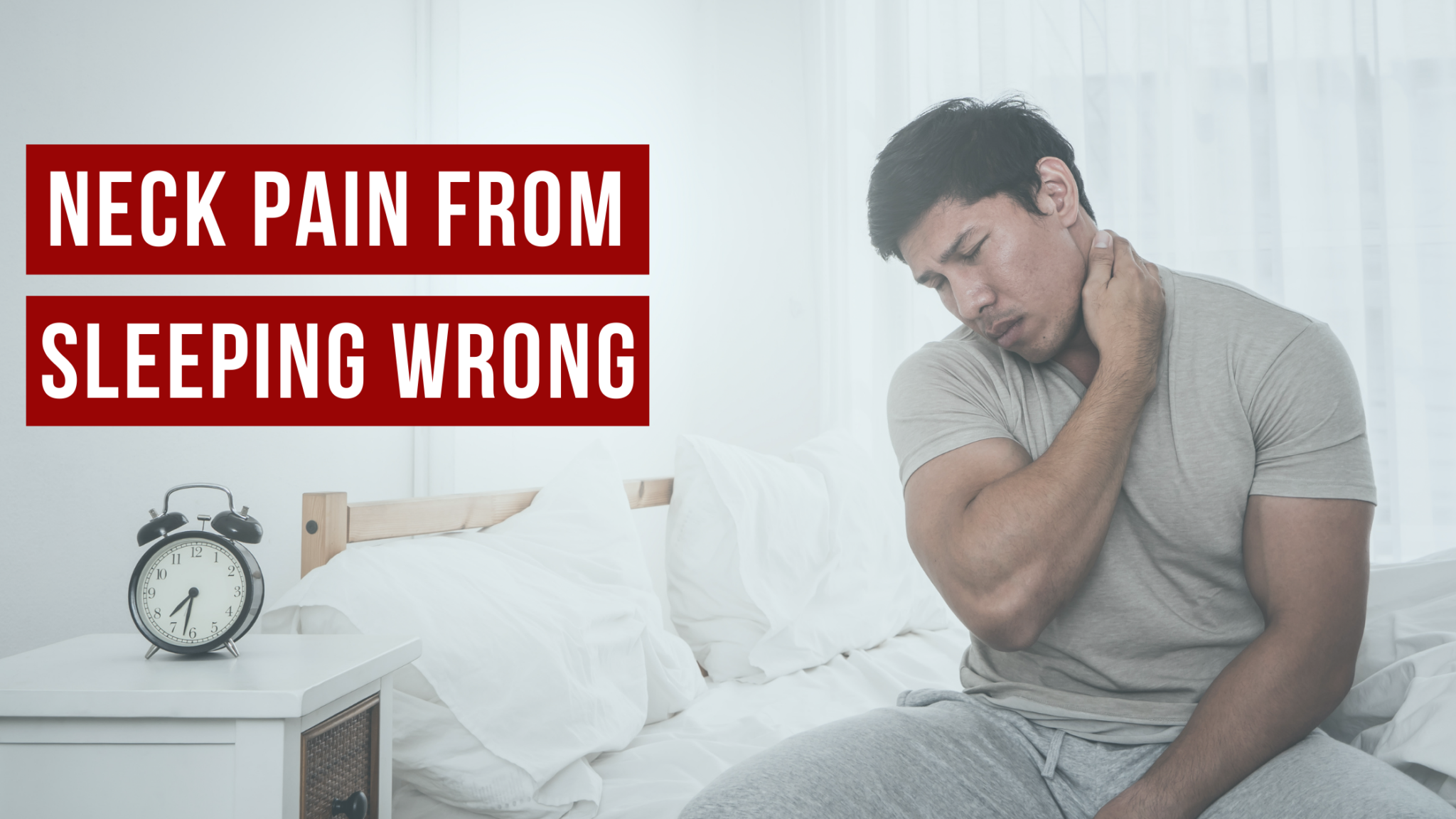
Are you irritated with your neck pain? But cannot find any solution? Yes, it is a widespread problem for people ...
Read moreDoes Sleeping Help You Lose Weight? The Surprising Link Between Sleep and Weight Loss
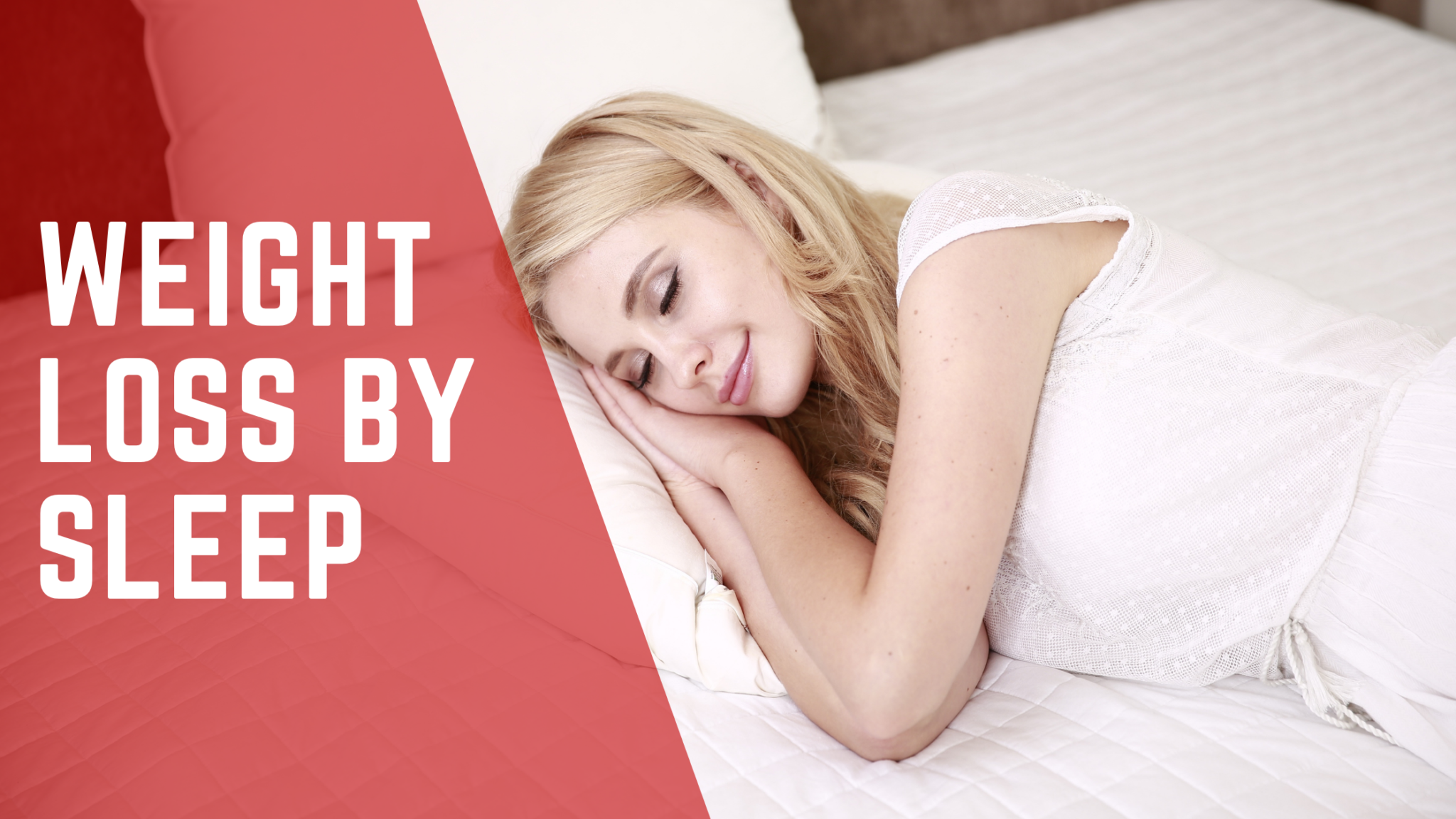
Does sleeping help you lose weight? The majority of us love to sleep if get tired. How many hours do ...
Read moreWhy Does Coffee Make Me Sleepy? Uncovering the Unexpected Effects of Caffeine

According to the National Coffee Association report, an average of 62% of American citizens consumes coffee as a wake-up beverage ...
Read more